| |
|
|
Botanical Name |
: |
Nerium oleander L. |
English
Name |
: |
Sweet Scented Oleander |
Synonym(s) |
: |
Nerium odorum (Sol.), Nerium indicum (Mill.) |
Family |
: |
Apocynaceae |
| |
General Info
| Description |
 |
|
This fast growing evergreen shrub can reach up to 20 ft tall but is usually seen trimmed at 6 to 10 ft. It forms a rounded mound to about 10 ft wide. It is a tough, versatile plant with showy summertime flowers in white, red, pink, salmon and light yellow. Leathery, lance shaped leaves range from about 4 to 10 cm long, depending on variety and are a bright green. Oleanders have a tendency to become leggy - overgrown individuals should be pruned as needed to maintain a nice shape. |
| Herb Effects |
 |
|
The leaves and the flowers are cardiotonic, diaphoretic, diuretic, emetic, expectorant and sternutatory; cardiotonic (leaf, bark, root and seed); induces tears (fresh leaf juice); stimulant, antiinflammatory and relieves pain (bark, root and seed) |
Chemistry
| Active Ingredients |
 |
|
Betulin, betulinic acid, oleandrin, isoquercitrin, quercetin, rutin, (leaf); cardiac glycosides (root, bark and seed); beta-sitosterol, choline, oleanolic acid, ursolic acid (plant); linolenic acid (flower) |
| Chemistry
of Active Ingredients |
 |
|
|
 |
Name |
CAS# |
IUPAC Name |
Formula |
Structure |
 |
|
| Betulin |
Not Available |
Not Available |
C30H50O2 |
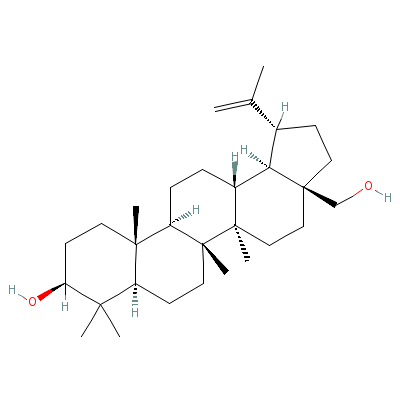
|
| Betulinic acid |
4481-62-3 |
Not Available |
C30H46O3 |
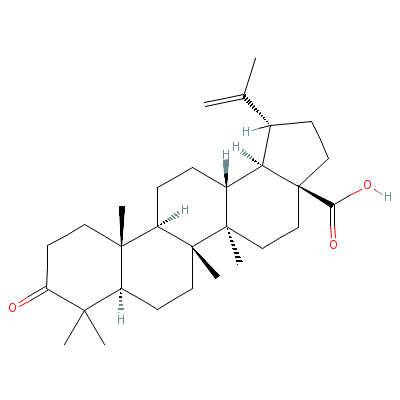
|
| Oleandrin |
53812-90-1 |
[14-hydroxy-3-(5-hyd
roxy-4-methoxy-6-met
hyl-oxan-2-yl)oxy-10
,13-dimeth
yl-17-(5
-oxo-2H-furan-3-yl)-
1,2,3,4,5,6,7,8,9,11
,12,15,16,17-tetrade
ca
hydrocyclopenta[
a]phenanthren-16-yl]
acetate |
C32H48O9 |

|
| Isoquercitrin |
21637-25-2 |
3-[5-(1,2-dihydroxye
thyl)-3,4-dihydroxy-
oxolan-2-yl]oxy-2-(3
,4-dihydro
xyphenyl
)-4,5-dihydroxy-chro
men-7-one |
C21H20O12 |

|
| Quercetin |
Not Available |
2-(3,4-dihydroxyphen
yl)-3,4,5-trihydroxy
-chromen-7-one |
C15H10O7 |
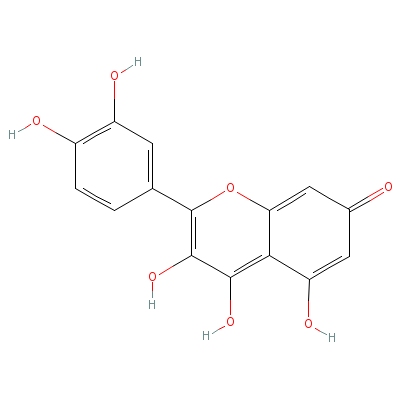
|
| Rutin |
Not Available |
2-(3,4-dihydroxyphen
yl)-4,5-dihydroxy-3-
[3,4,5-trihydroxy-6-
[(3,4,5-tr
ihydroxy
-6-methyl-tetrahydro
pyran-2-yl)oxymethyl
]tetrahydropyran-2-y
l]
oxy-chromen-7-on
e trihydrate |
C27H36O19 |
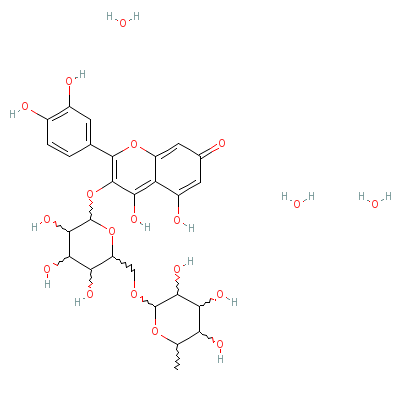
|
| beta-Sitosterol |
5779-62-4 |
17-(5-ethyl-6-methyl
-heptan-2-yl)-10,13-
dimethyl-2,3,4,7,8,9
,11,12,14,
15,16,17
-dodecahydro-1H-cycl
openta[a]phenanthren
-3-ol |
C29H50O |
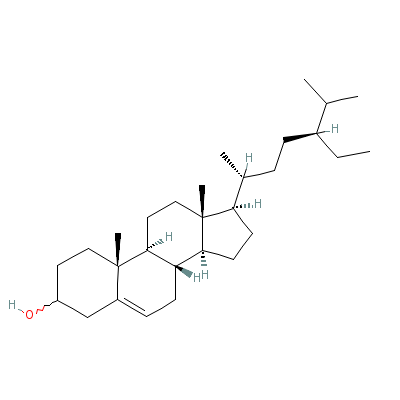
|
| Choline |
67-48-1 |
2-hydroxyethyl-trime
thyl-ammonium |
C5H14NO+ |
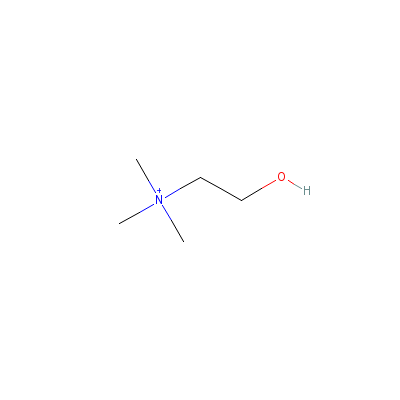
|
| Oleanolic acid |
508-02-1 |
10-hydroxy-2,2,6a,6b
,9,9,12a-heptamethyl
-1,3,4,5,6,6a,7,8,8a
,10,11,12,
13,14b-t
etradecahydropicene-
4a-carboxylic acid |
C30H48O3 |
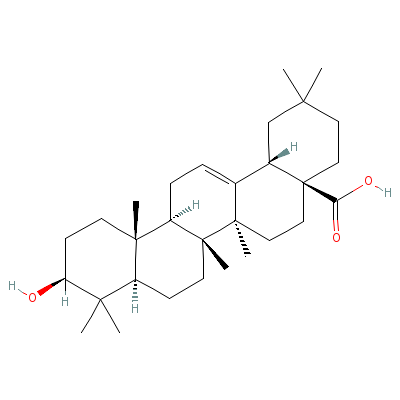
|
| Ursolic acid |
77-52-1 |
10-hydroxy-1,2,6a,6b
,9,9,12a-heptamethyl
-2,3,4,5,6,6a,7,8,8a
,10,11,12,
13,14b-t
etradecahydro-1H-pic
ene-4a-carboxylic
acid |
C30H48O3 |
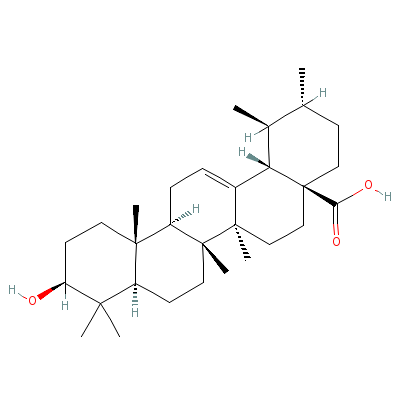
|
| Linolenic acid |
94138-91-7 |
octadeca-9,12,15-tri
enoic acid |
C18H30O2 |
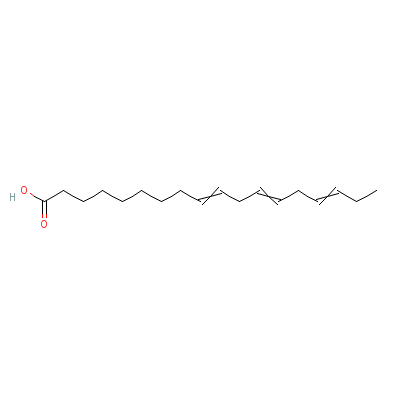
|
|
Pharmacology
| Medicinal Use |
 |
|
In ulcers, chancre and hemorrhoids (root paste); skaly skin maladies (oil from root bark); ophthalmia (fresh leaf juice);in the treatment of scabies, and to reduce swellings (leaf decoction); in the treatment of leprosy and skin diseases of a scaly nature (root oil). The whole plant has anticancer properties. |
| Contraindication |
 |
|
All parts of the plants are poisonous, including the smoke if burned. |
| Reference |
 |
|
 The Himalaya Drug Company. The Himalaya Drug Company.
Sharma, Classical Uses of Medicinal Plants. |
Dealers
Products
|
|